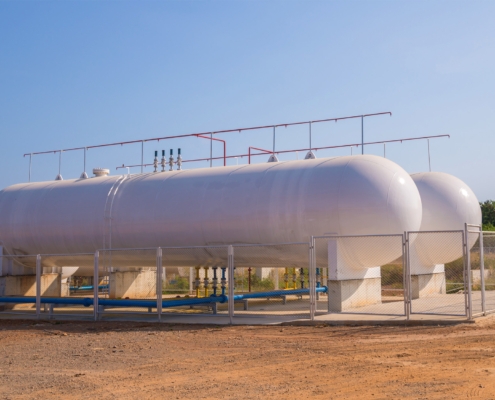How to Safely Mix Industrial Gases
Mixing industrial gases is a critical process in various industries, from manufacturing to healthcare. However, it requires strict adherence to safety protocols to prevent accidents and ensure the proper handling of gases.
This blog will guide you through the essential steps and guidelines for safely mixing industrial gases.












